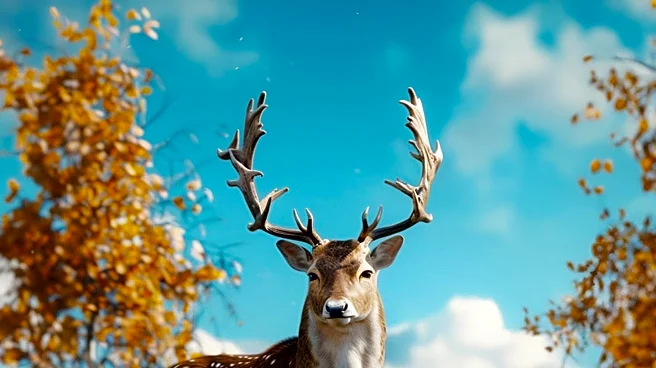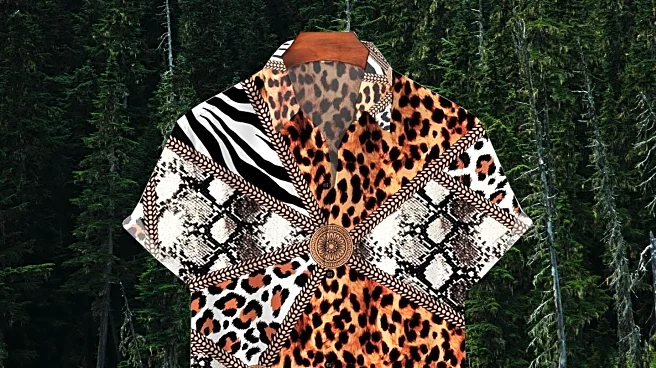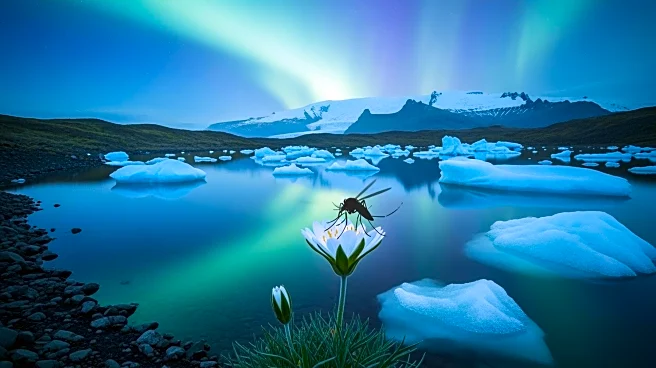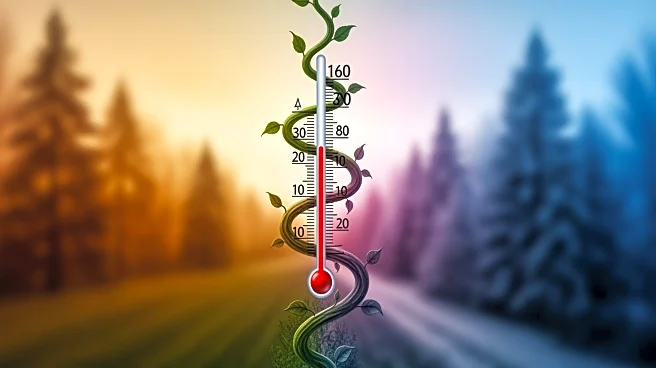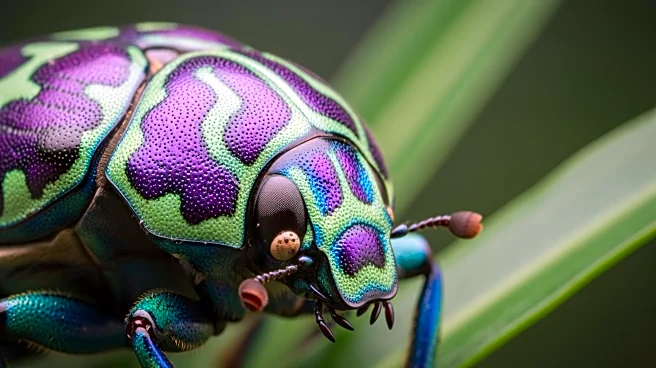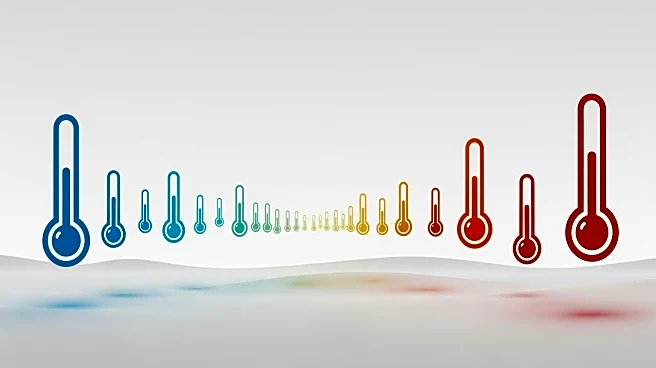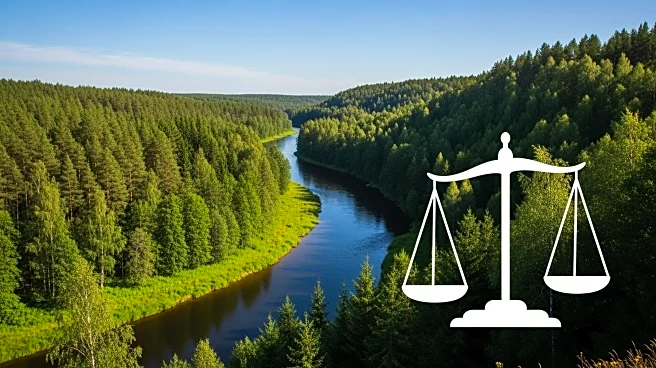What's Happening?
The concept of masks is not limited to human traditions like Halloween or theatrical performances. In nature, various animals have evolved facial markings that serve critical survival functions. For instance,
raccoons, often referred to as 'masked bandits,' have dark fur around their eyes that reduces glare and enhances night vision, similar to the eye black used by athletes. This adaptation is not unique to raccoons; badgers and many birds, such as falcons, also possess natural eye black that helps them reduce sunlight glare and improve their vision during high-speed dives. These facial markings can also act as camouflage, breaking up the outline of an animal's face to help it blend into its environment. The fascination with masks, whether for disguise or transformation, taps into an ancient survival mechanism observed in the animal kingdom.
Why It's Important?
Understanding the role of natural masks in wildlife can offer insights into evolutionary biology and the adaptive strategies animals use to survive. These adaptations highlight the intricate ways in which animals interact with their environment, using physical traits to enhance their chances of survival. For humans, this knowledge can deepen appreciation for biodiversity and the complex ecosystems that support life. Additionally, it underscores the importance of preserving natural habitats that allow these species to thrive. The concept of masks in nature also resonates with cultural practices, suggesting a shared fascination with disguise and transformation that transcends species.
What's Next?
Further research into the evolutionary benefits of facial markings in animals could lead to new discoveries in wildlife biology and conservation strategies. Scientists may explore how these adaptations have evolved over time and their impact on species survival. Conservation efforts might focus on protecting environments that support species with unique adaptations, ensuring their continued existence. Public education campaigns could leverage this information to foster greater interest in wildlife conservation and the importance of maintaining biodiversity.
Beyond the Headlines
The use of masks in nature raises ethical considerations about human impact on wildlife habitats. As urbanization and climate change threaten natural environments, the survival of species with specialized adaptations becomes precarious. This highlights the need for sustainable development practices that minimize disruption to ecosystems. Culturally, the concept of masks connects human traditions with natural phenomena, offering a unique perspective on the shared themes of identity and transformation across different forms of life.
